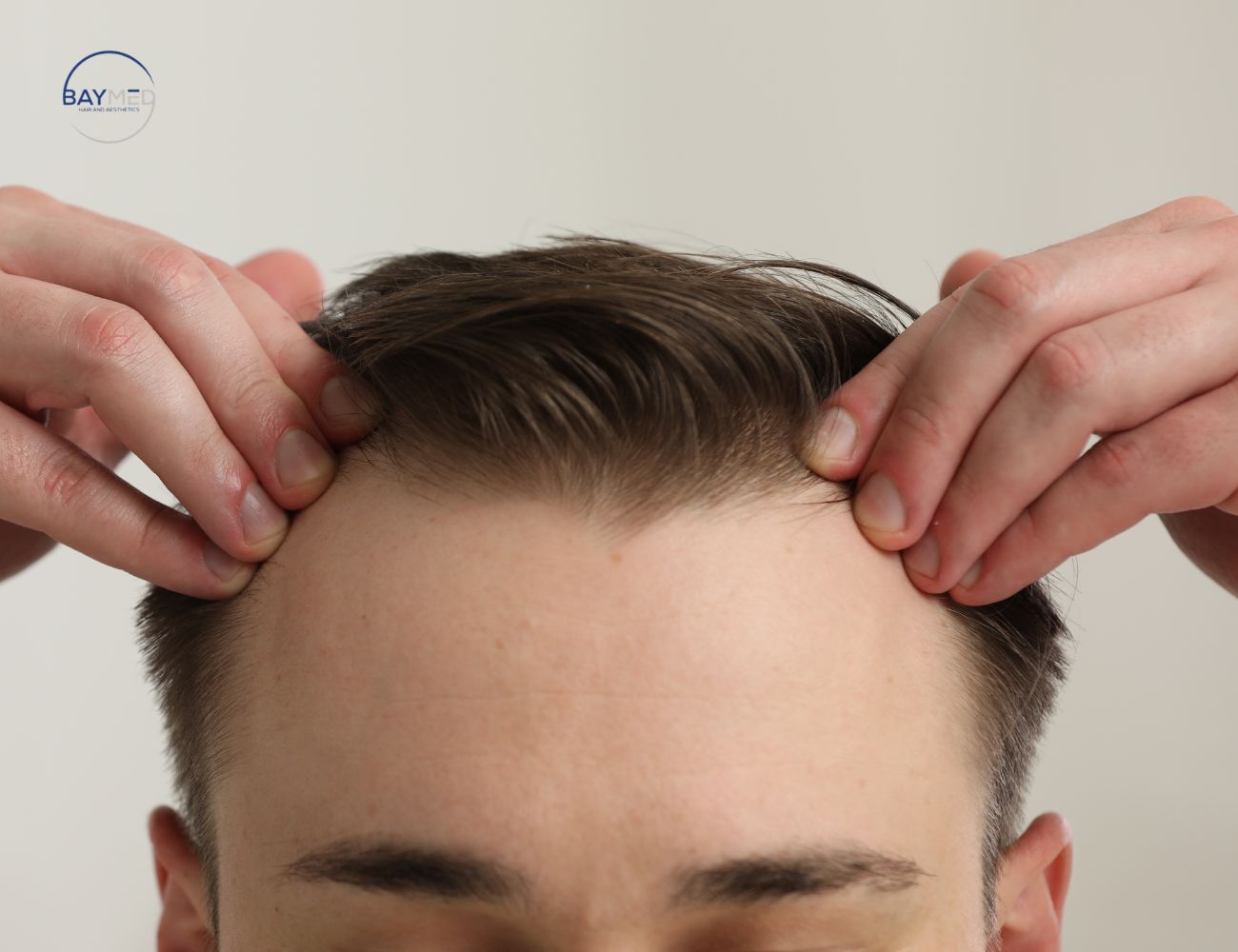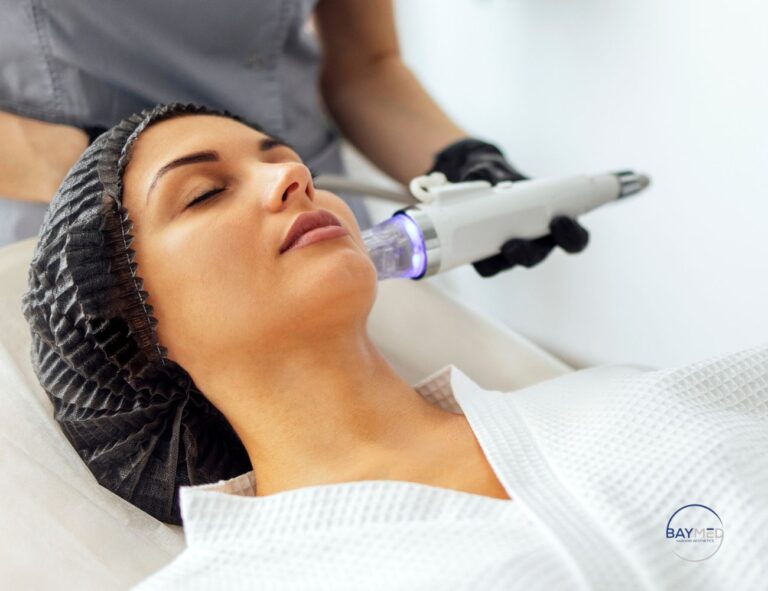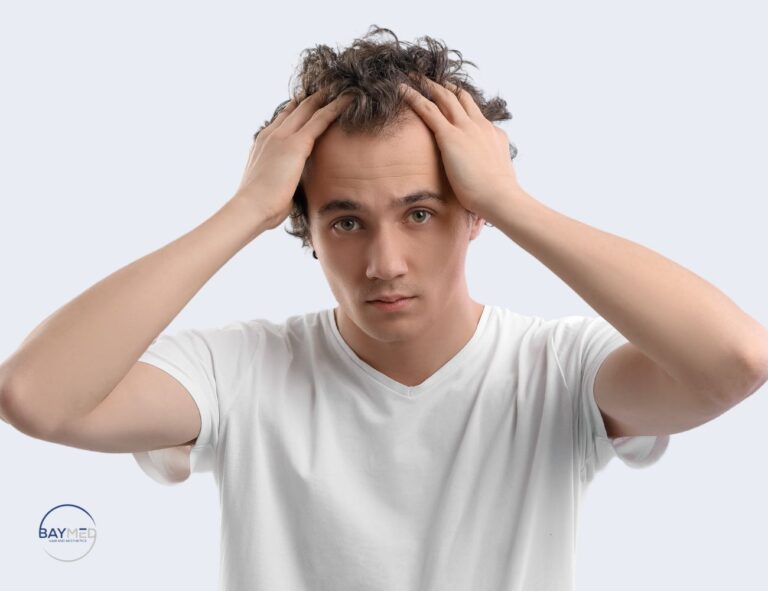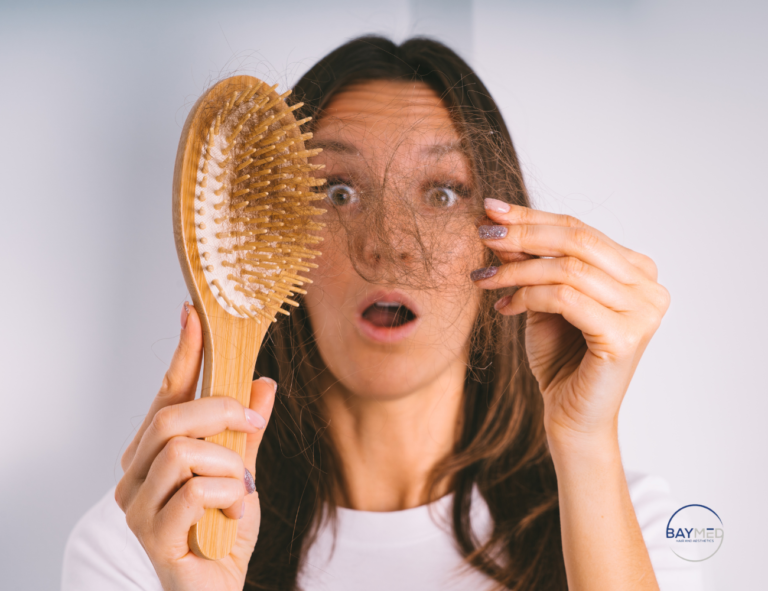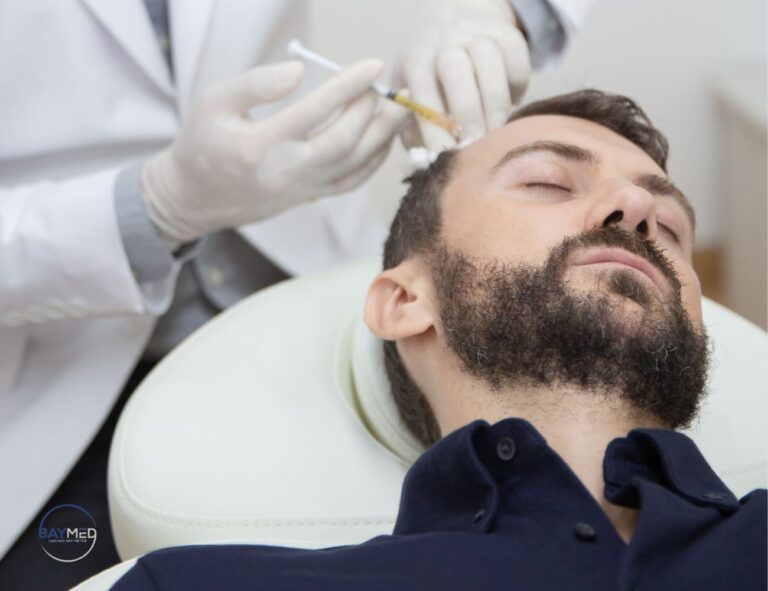Hair loss can be a distressing experience, and for many people, it’s not something they notice until it has progressed significantly. However, early detection can make a significant difference in managing and even reversing hair loss. By recognizing the early signs, you can take proactive steps to address the issue and maintain a fuller, healthier head of hair. This article explores the key early signs of hair loss, their causes, and actionable steps you can take to protect your hair.
Table of Contents
Understanding Hair Loss
Hair loss, or alopecia, affects millions of people worldwide. While it is often considered a natural part of aging, various factors—including genetics, hormonal imbalances, stress, and certain medical conditions—can contribute to hair loss at any age. Early detection is crucial, as it allows you to identify the underlying cause and seek appropriate treatments.
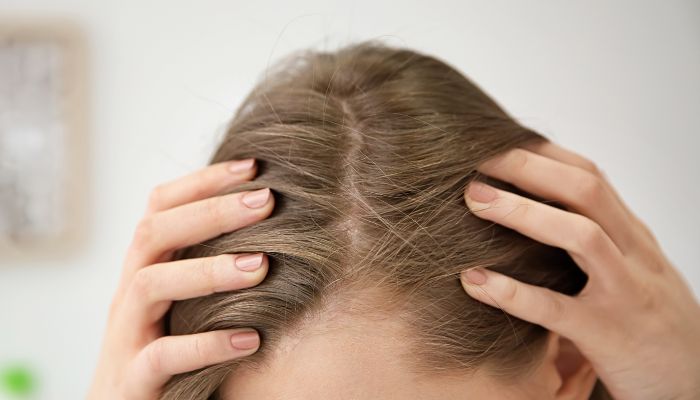
Common Early Signs of Hair Loss
Excessive Hair Shedding
It is normal to lose 50-100 hairs per day as part of the hair’s natural growth cycle. However, if you notice an increase in hair shedding, such as large clumps of hair in your shower drain or on your pillow, it may indicate the onset of hair loss. This could be a sign of telogen effluvium, a condition where more hair follicles enter the shedding phase than usual.
Thinning Hair
Thinning hair is often one of the earliest signs of hair loss. You might notice that your hair feels less dense or that your scalp is more visible in certain areas, especially under bright light. This is particularly common around the crown or along the hairline.
Receding Hairline
A receding hairline is a classic sign of androgenetic alopecia, also known as male or female pattern baldness. In men, this typically begins with a noticeable “M” shape as the hair recedes from the temples. In women, it may manifest as a broader or more visible part.
Widening Part
For women, a widening part is a telltale sign of hair loss. If you find yourself needing to adjust your hairstyle to hide a more visible scalp, it could indicate the early stages of thinning hair.
Patchy Hair Loss
Sudden bald spots or patchy hair loss can be a sign of alopecia areata, an autoimmune condition where the immune system attacks hair follicles. These patches may appear smooth and round and can occur on the scalp, beard, or other areas of the body.
Itchy or Flaky Scalp
While not always directly linked to hair loss, an itchy or flaky scalp can signal underlying conditions like seborrheic dermatitis or scalp psoriasis. These conditions can weaken hair follicles, leading to increased hair shedding over time.
Change in Hair Texture
If your hair becomes finer, weaker, or more brittle, it could be an early sign of hair loss. These changes often occur before noticeable thinning or shedding.
Body-Wide Hair Loss
Hair loss isn’t limited to the scalp—it can also occur on other parts of your body where hair typically grows.
You may notice that body hair, such as on your legs, arms, or other areas, is thinning or not regrowing after shaving. While this can be a natural part of the aging process, it may also signal an underlying health condition. If you experience body hair loss, it’s essential to discuss it with a doctor to determine the cause and explore appropriate solutions.
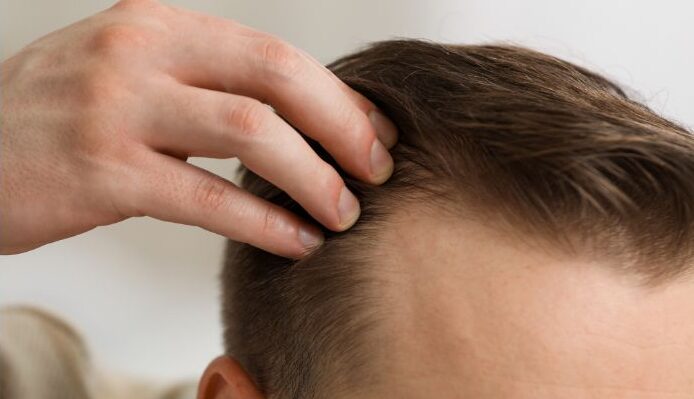
Common Causes of Hair Loss
- Genetics: Hereditary hair loss, also known as androgenetic alopecia, is the most common cause of hair loss in men and women.
- Hormonal Changes: Conditions like pregnancy, menopause, and thyroid disorders can trigger hair loss due to hormonal imbalances.
- Stress: Emotional or physical stress can push hair follicles into a resting phase, leading to a condition called telogen effluvium.
- Nutritional Deficiencies: Lack of essential nutrients like iron, zinc, and biotin can weaken hair and slow its growth.
- Medical Conditions: Autoimmune diseases, such as alopecia areata, and scalp infections like ringworm can cause hair loss.
- Hairstyles and Treatments: Tight hairstyles, excessive heat, and harsh chemicals can damage hair and lead to traction alopecia.
What to Do If You Notice Early Signs of Hair Loss
- Consult a Dermatologist: A dermatologist can help diagnose the cause of your hair loss and recommend a tailored treatment plan.
- Adjust Your Diet: Incorporate hair-friendly nutrients like protein, omega-3 fatty acids, and vitamins A, C, D, and E into your diet.
- Consider Topical Treatments: Over-the-counter treatments like minoxidil can help slow hair loss and stimulate regrowth.
- Explore Medical Procedures: Advanced treatments like PRP (Platelet-Rich Plasma) therapy, laser therapy, and hair transplants can provide effective solutions.
- Reduce Stress: Practice stress-relief techniques such as meditation, exercise, or yoga to minimize hair loss caused by stress.
- Switch to Gentle Hair Care Products: Avoid shampoos and conditioners with harsh chemicals. Look for sulfate-free and paraben-free options.
Summary
Hair loss can feel overwhelming, but recognizing the early signs gives you the best chance to take action. Whether it’s a receding hairline, excessive shedding, or a widening part, paying attention to your hair health is the first step toward regaining control. With a combination of professional treatments, lifestyle changes, and proper care, you can protect and preserve your hair for years to come.
If you’re concerned about hair loss, schedule a consultation with a dermatologist today to discuss your options. Early action can help you maintain healthy, vibrant hair and boost your confidence.

